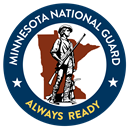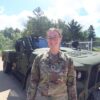55th Civil Support Team helps decontaminate water plant during training event
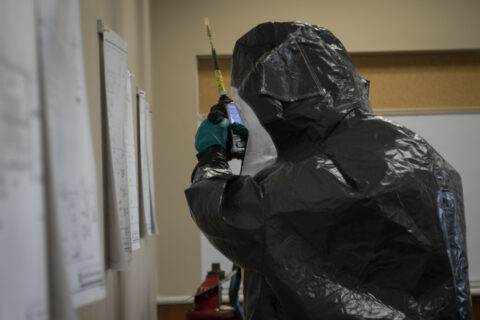
Members of Army North’s Civil Support Training Team, out of Fort Sam Houston, Texas, traveled to Minnesota for a pre-evaluation training exercise with the Minnesota National Guard’s 55th Civil Support Team (CST), at the Columbia Heights Membrane Plant in Columbia Heights, Minnesota, September 20, 2022.
“This is part of a larger evaluation that the 55th is doing for their disaster response,” said Matthew Rasmussen, assistant super attendant of water plant operations for Minneapolis Water Works and responder for their internal hazardous material response team. “And eventually they are going under a much larger evaluation.”
The 55th CST, along with other states civil support teams, is a state asset for the National Guard. Each team must conduct an evaluation every 18 months. The pre-evaluation training, known as Collective Lanes Training, encompasses 12 tasks such as hazardous materials operations, casualty decontamination, medical triage, and command and control, enabling them to receive feedback before the formal evaluation, Training Proficiency Evaluation, next year.
The training enabled the unit to train with interagency partners such as Minneapolis Fire Department and Hazmat.
“We don’t want anything bad to happen,” said Michael Rogney, Army North Civil Support Training Activity Charlie Team, team chief. “But if something bad were to happen and they were to call out the CST, they would have worked with local responders in this type of environment where it’s not a true hazard, [and they would be] familiar with how each entity operates.”
The exercise was based on a scenario in which during a meeting, individuals noticed a “fruity” smell at a Minneapolis water plant. After the meeting, there were reports of various symptoms including headaches, vomiting, nausea, dizziness, and shortness of breath. The 55th CST was requested by Minneapolis Fire Department to respond to the incident.
The 55th CST is made up of several sections such as command, operations, administrative and log, medical, communications, analytical and survey. With only 22 individuals on the team, it is important that everyone is well versed in their role and can work with each other.
“Teamwork is key for both the 55th Civil Support Team and our interagency partners,” said Sgt. 1st Class Larkin Adey, survey team lead for the unit. “They work very, very well under stress. They usually work in a stressful environment. That’s the nature of this team and the nature of the things that they respond to in both the real world and in training.”
Every year, the unit is required to complete the Collective Lanes Training under the supervision of the Army North team.
“The exercise itself was one of our training gates,” said Capt. Jeremy Mollinger, science officer with the 55th CST. “We always incorporate an interagency partner with our [training]. When you have any incident, people call the police or fire department. The first responders are trained to know that if they see certain indicators, that they need to request additional resources from outside agencies.”
Once the team is notified to respond, they begin communicating with the incident commander to better understand the site.
“They take pictures and characterize the site, and communicate their findings,” added Mollinger. “That allows us to respond appropriately so we can identify the hazards and assess the situation.
The CST can respond to any chemical, biological, radiological, nuclear and explosive event within the state of Minnesota, and with special permission events in other states. Within 90-minutes of receiving a call for assistance, the first group of members can be on the way. The rest of the unit follows closely behind, within three hours, to respond to an event.
The unit has the ability to detect and identify hazards in any environment enabling them to make recommendations to an incident commander based on what they find. The unit’s mission focuses on identifying hazards, assessing the situation, assisting other agencies and then advising their partners on further response measures.
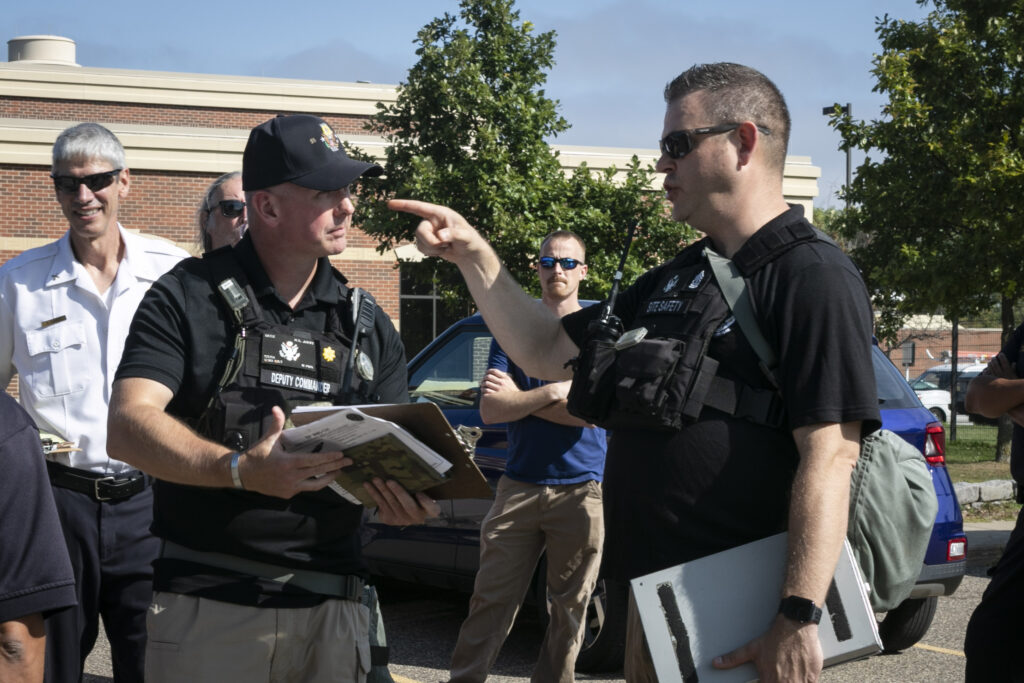
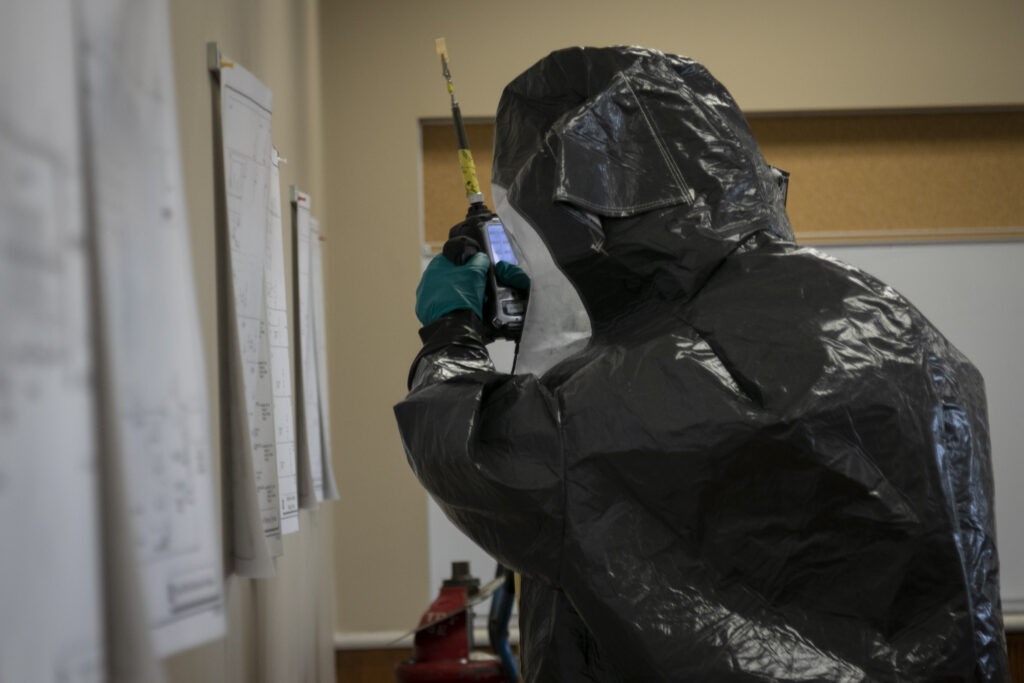
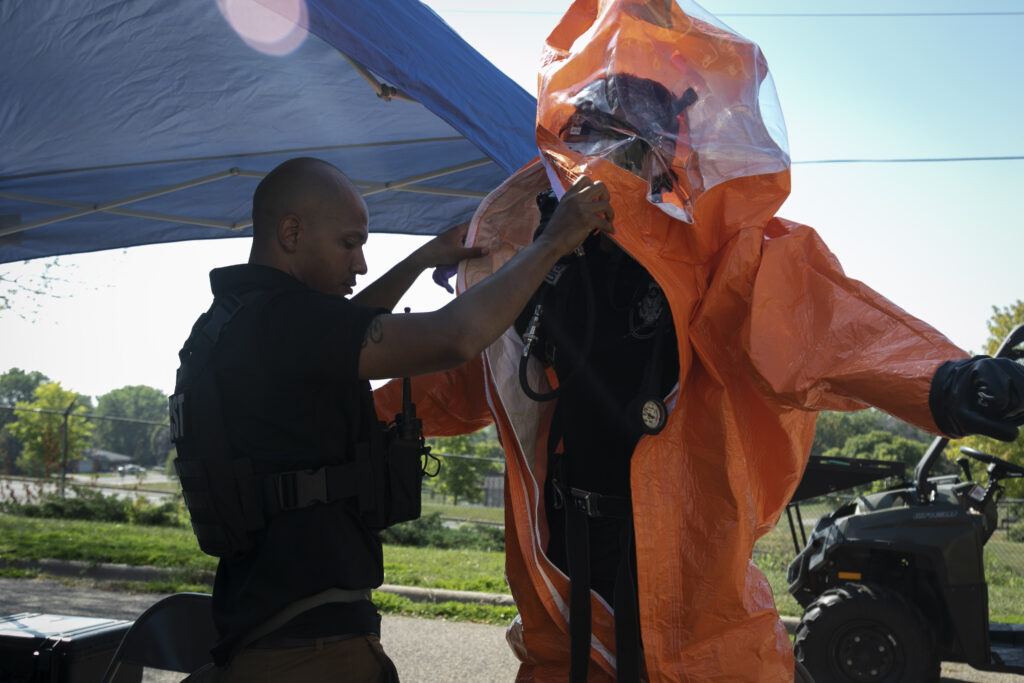
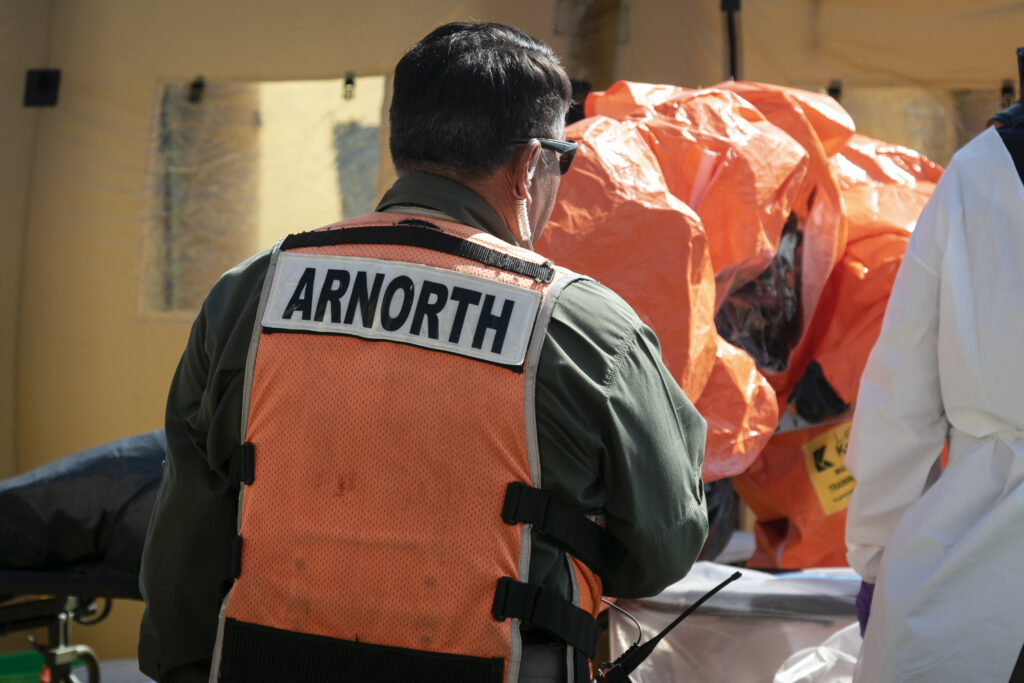
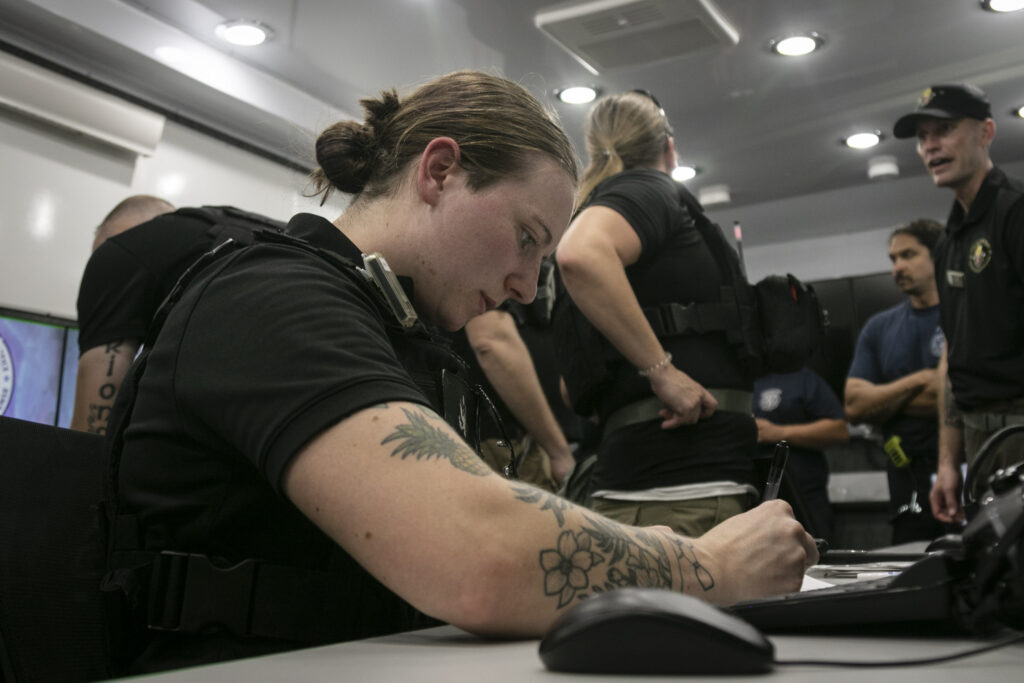
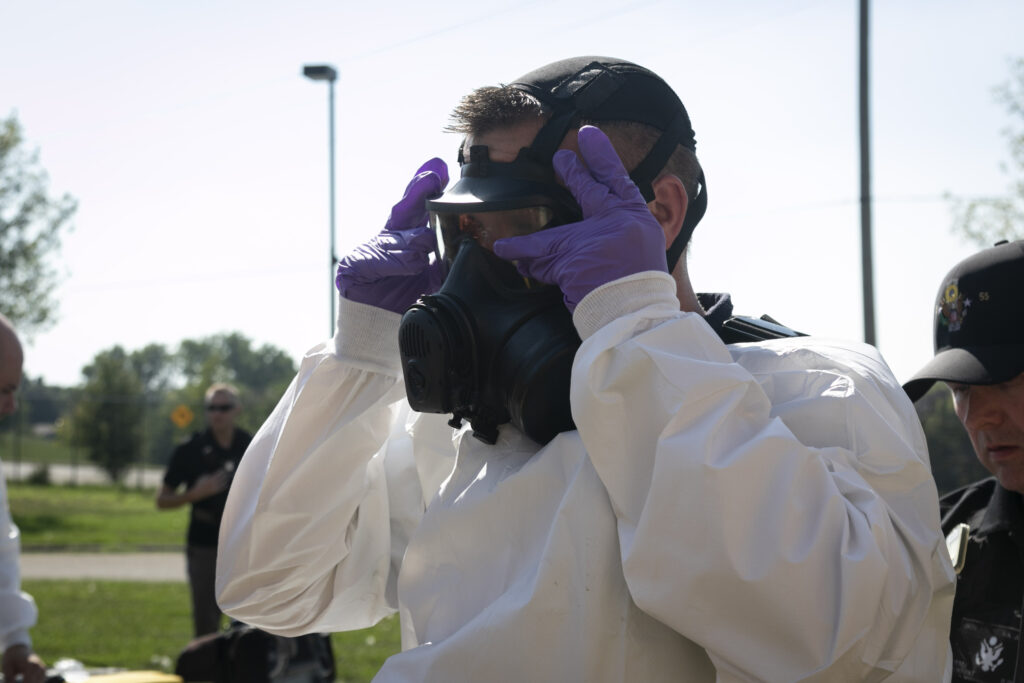
Staff Sgt. Mahsima Alkamooneh
Minnesota National Guard Public Affairs
